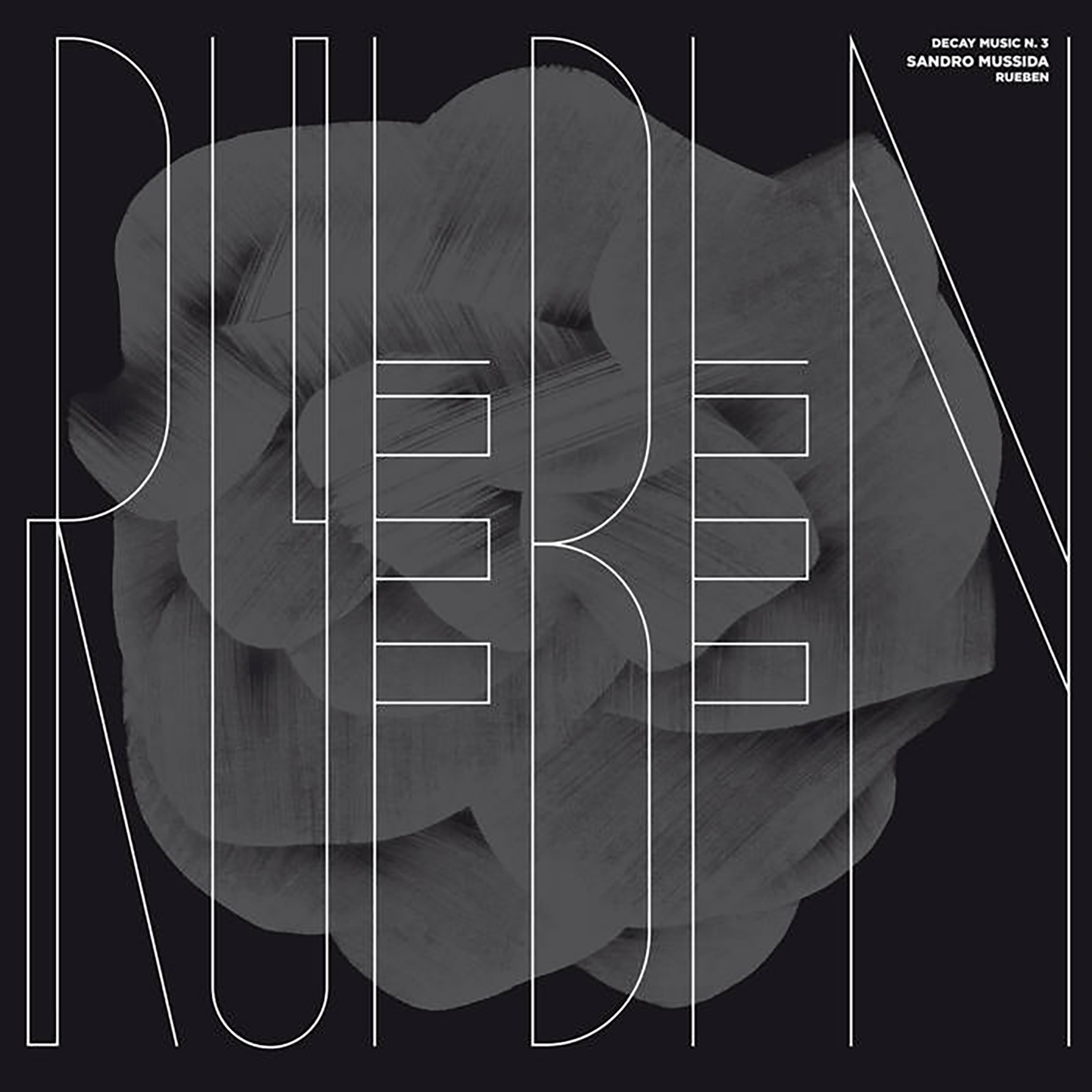 I believe this is my first encounter with this London-based cellist/composer, but that is hardly surprising, as Die Schachtel often tends to be ahead of the curve in unearthing compelling new sound art. As befits the Decay series' mission statement of highlighting "inspired contemporary experimental efforts in ambient, ethereal, and emotively abstract music," Reuben is an album of hazy, dreamlike soundscapes that feel like they were assembled from hissing and blurred tape loops (though I do not believe they were). Regardless of how it was assembled, this is quite an immersive and fitfully gorgeous album, as Mussida displays an impressive lightness of touch, talent for nuanced detail, and a deep understanding of the physics of sound. And it certainly does not hurt that he made full use of the rich acoustic properties of Volterra, Italy's historic Church of San Giusto.
I believe this is my first encounter with this London-based cellist/composer, but that is hardly surprising, as Die Schachtel often tends to be ahead of the curve in unearthing compelling new sound art. As befits the Decay series' mission statement of highlighting "inspired contemporary experimental efforts in ambient, ethereal, and emotively abstract music," Reuben is an album of hazy, dreamlike soundscapes that feel like they were assembled from hissing and blurred tape loops (though I do not believe they were). Regardless of how it was assembled, this is quite an immersive and fitfully gorgeous album, as Mussida displays an impressive lightness of touch, talent for nuanced detail, and a deep understanding of the physics of sound. And it certainly does not hurt that he made full use of the rich acoustic properties of Volterra, Italy's historic Church of San Giusto.
It makes perfect sense that Rueben was recorded in an old church, as the warm, languorous drones of the opener are certainly evocative of a picturesque scene involving floating dust motes and shimmering sun rays streaming through cathedral windows (and Mussida definitely seems to be straining towards the divine at times). The album actually derives most of its inspiration from Italian Renaissance paintings, however, which led to something of major creative breakthrough in how Mussida thought about composition. There are also some ideas lurking within Rueben about alternate tunings, how sound interacts with space, and how music can trigger memories. Russian theologian/physicist Pavel Florensky even gets name-checked in the album description in a statement about "reverse time" and how art's capacity for triggering memories is similar to the dream state. While interesting, none of that would normally enhance my appreciation for what is essentially an unusually good drone album crafted from heavily processed cello, electric guitar (Alessandra Novaga), and bass clarinet (Edgardo Barlassina). However, there are a few pieces on Rueben where it legitimately seems like Mussida's deep thinking and non-musical influences have led him to kind of a fascinating place. On the album's second and sixth pieces, for example, it feels like every frequency and oscillation is in complete harmony with the vibrations of the universe or something.  Needless to say, those two pieces are drone heaven for me, but Rueben is generally an enjoyable and immersive album overall too, as Mussida and his collaborators are quite adept at mingling hypnotic thrum with dark clouds of dissonance and an undercurrent of almost "industrial" textures.
Samples can be found here.


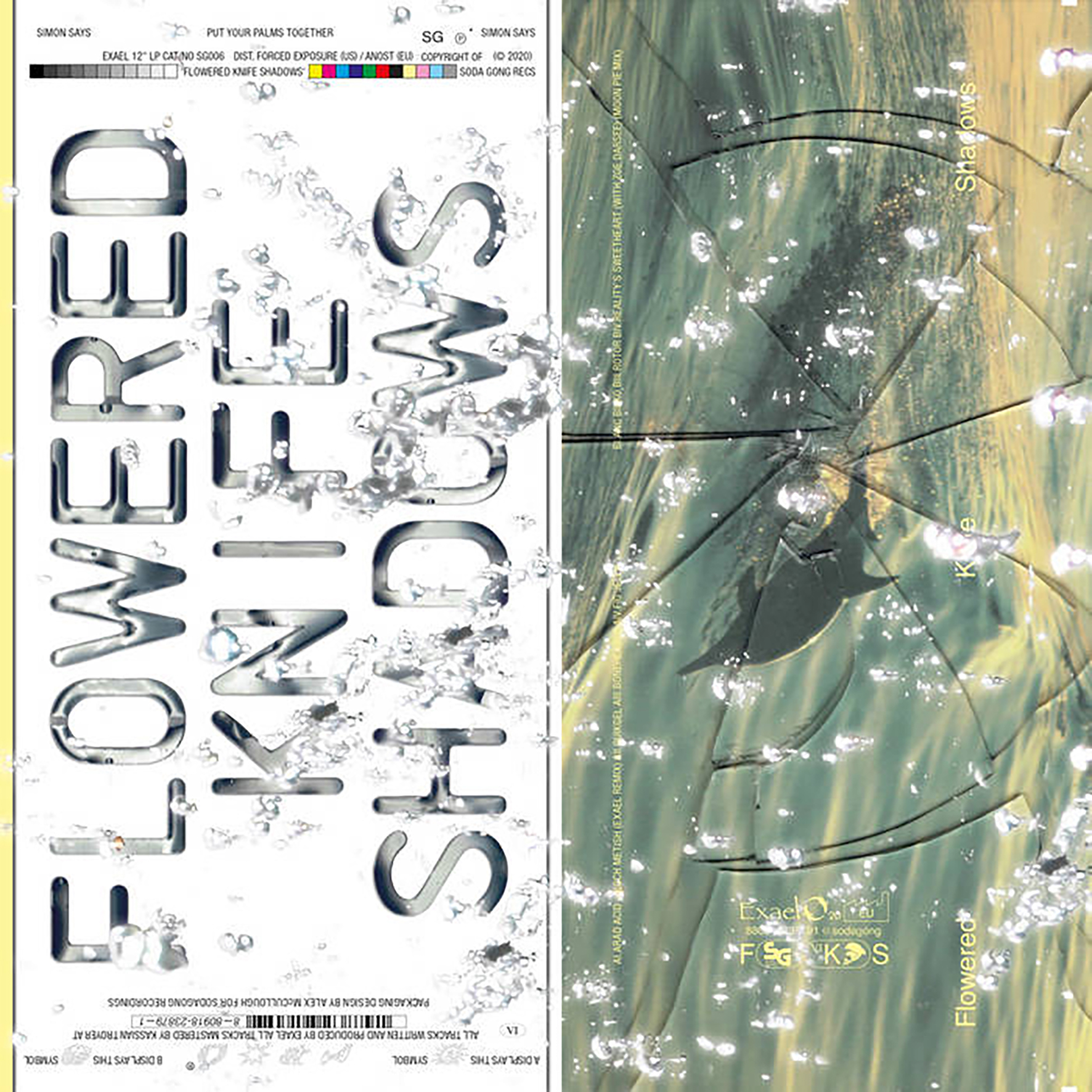
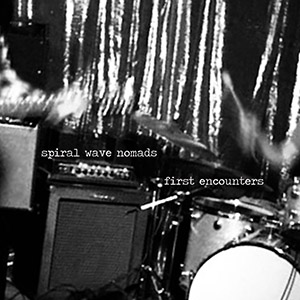 In an unexpected flip for their second record, the duo of Eric Hardiman (Rambutan, Century Plants, Burnt Hills) and Michael Kiefer (More Klementines) improvised live. With the self-titled debut being the result of asynchronous file sharing and collaboration, First Encounters was exactly that: the first time the two had actually met in person in any context. That’s anything but apparent from the sound though, as the duo play off of each other perfectly, making for a free form trip through psychedelic spaces with the verve of long time collaborators, even though that is not the case.
In an unexpected flip for their second record, the duo of Eric Hardiman (Rambutan, Century Plants, Burnt Hills) and Michael Kiefer (More Klementines) improvised live. With the self-titled debut being the result of asynchronous file sharing and collaboration, First Encounters was exactly that: the first time the two had actually met in person in any context. That’s anything but apparent from the sound though, as the duo play off of each other perfectly, making for a free form trip through psychedelic spaces with the verve of long time collaborators, even though that is not the case.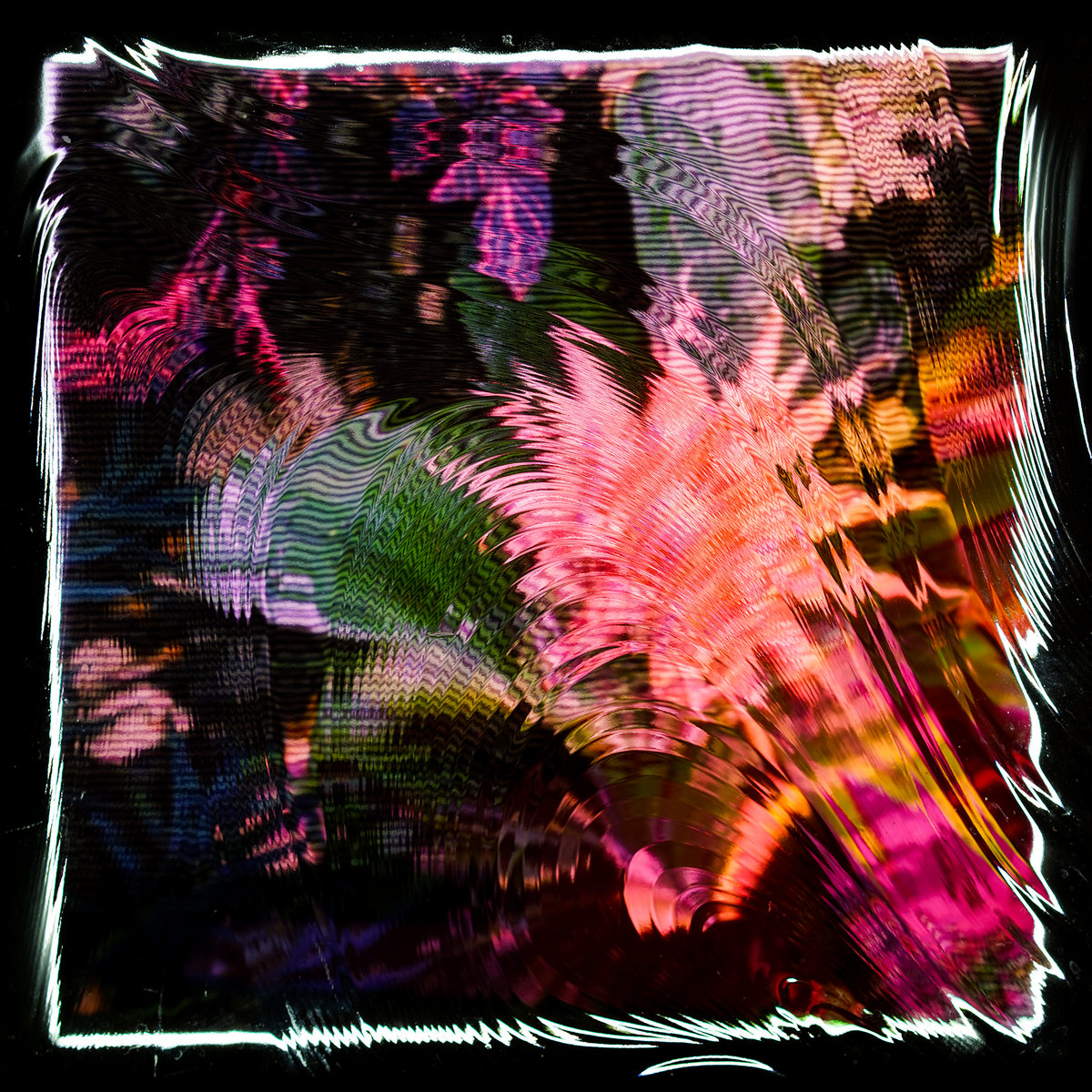
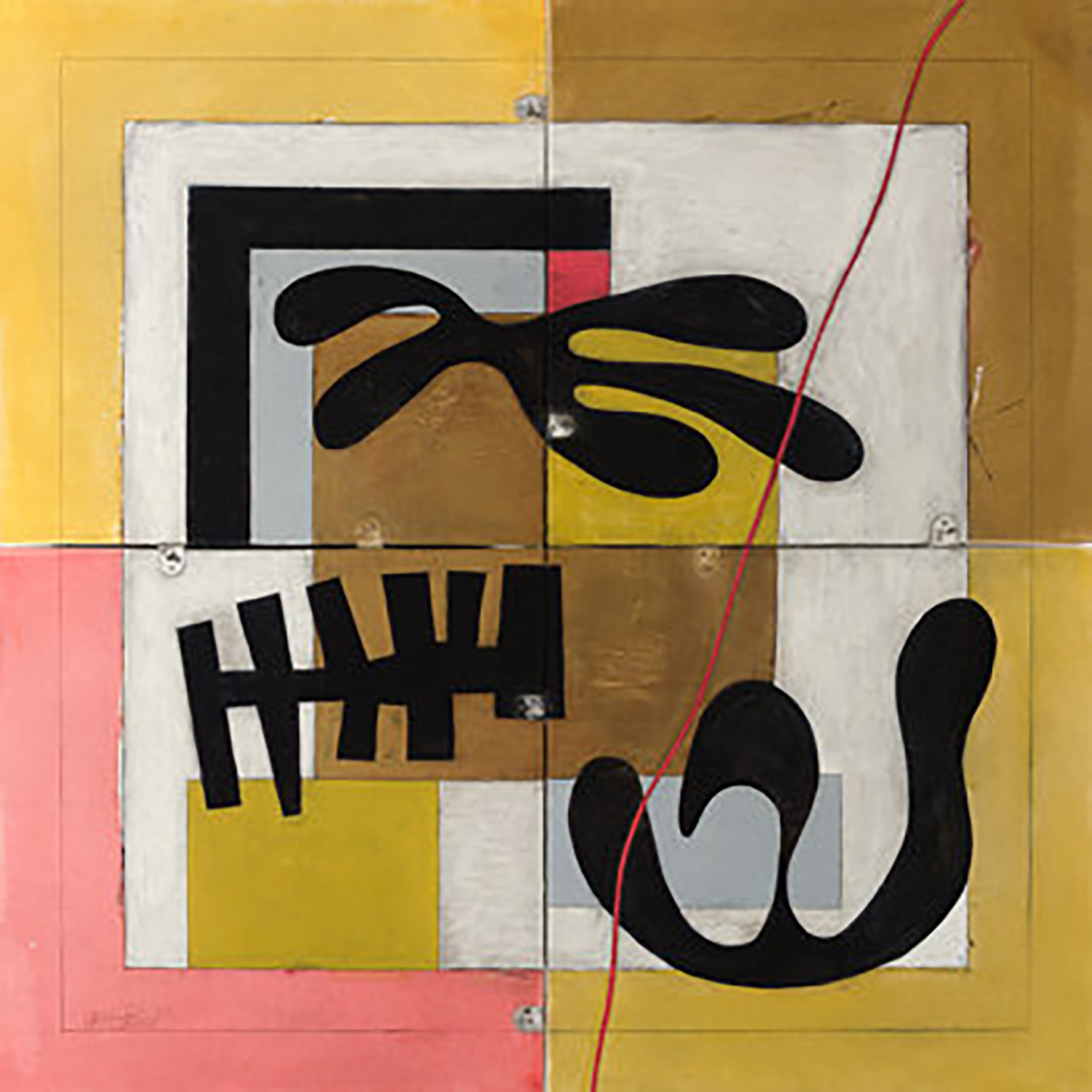 I am not sure which is more impressive: that Ashley Paul managed to compose a focused, inventive, and challenging album like this while living with a toddler or that she somehow managed to (remotely) form a tight new trio of like-minded collaborators during a pandemic lockdown. Admittedly, I was a bit apprehensive about the latter development, as the fragility and uneasy intimacy of Paul's past work has always been one of its more endearing aspects, but her instincts thankfully proved to be characteristically unerring, as Ray continues her recent streak of great albums. In fact, this is probably an ideal entry point to Paul's singular aesthetic, as it beautifully balances her more "broken" and discordant tendencies with an increased warmth, as well as a side that approximates a hallucinatory cabaret as envisioned by the Quay Brothers. It all works wonderfully, as this more varied approach yields some instant career highlights while sacrificing none of the precarious magic that made her work so unique and mesmerizing in the first place.
I am not sure which is more impressive: that Ashley Paul managed to compose a focused, inventive, and challenging album like this while living with a toddler or that she somehow managed to (remotely) form a tight new trio of like-minded collaborators during a pandemic lockdown. Admittedly, I was a bit apprehensive about the latter development, as the fragility and uneasy intimacy of Paul's past work has always been one of its more endearing aspects, but her instincts thankfully proved to be characteristically unerring, as Ray continues her recent streak of great albums. In fact, this is probably an ideal entry point to Paul's singular aesthetic, as it beautifully balances her more "broken" and discordant tendencies with an increased warmth, as well as a side that approximates a hallucinatory cabaret as envisioned by the Quay Brothers. It all works wonderfully, as this more varied approach yields some instant career highlights while sacrificing none of the precarious magic that made her work so unique and mesmerizing in the first place.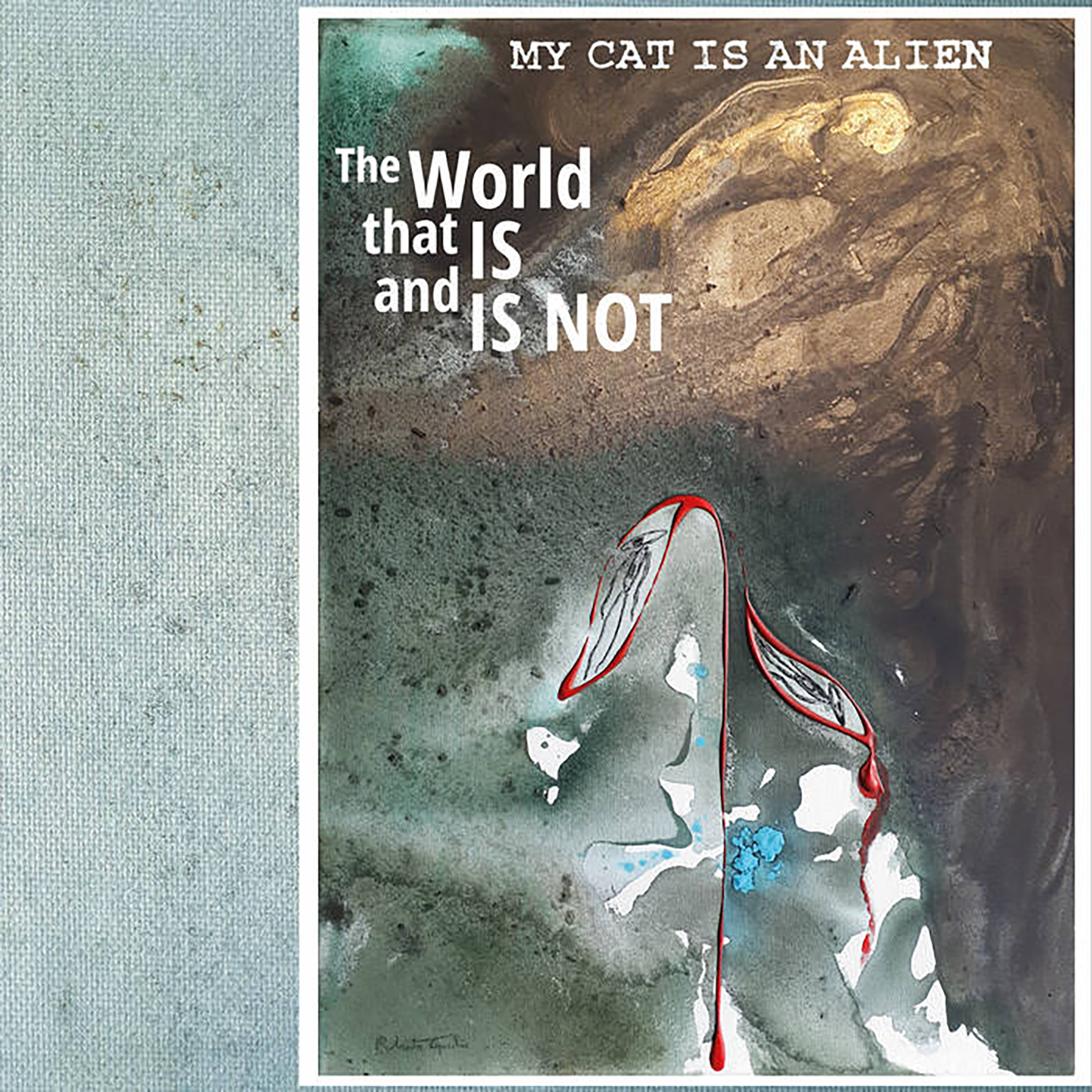 The Opalio Brothers somehow managed to release three strong albums last year, but I believe only this one was (spontaneously) composed and recorded during the pandemic. It was also inspired by it, as The World That IS and IS NOT is billed as a concept album of sorts: an "existential reflection" on a scenario "where everything seems to vanish into the void." That admittedly sounds like a recipe for a bleak album, but the Opalios arguably went the opposite route, heading in a warmer direction to illustrate how music and art can help us transcend the "spiritual disquiet and moral despair" of the current age. To new or casual fans, that increased warmth will probably be nearly imperceptible, as it will be largely eclipsed by the fundamentally outré and mind-meltingly psychedelic elements of this project. Longtime fans will definitely notice a difference though, as this is an unusually meditative album with a satisfying and purposeful arc. While I tend to enjoy the comparative unpredictability of MCIAA's collaborations the most these days, this one captures Roberto and Maurizio in especially inspired form on their own, as I would be hard-pressed to think of a more perfectly distilled example of their warped and wonderful vision.
The Opalio Brothers somehow managed to release three strong albums last year, but I believe only this one was (spontaneously) composed and recorded during the pandemic. It was also inspired by it, as The World That IS and IS NOT is billed as a concept album of sorts: an "existential reflection" on a scenario "where everything seems to vanish into the void." That admittedly sounds like a recipe for a bleak album, but the Opalios arguably went the opposite route, heading in a warmer direction to illustrate how music and art can help us transcend the "spiritual disquiet and moral despair" of the current age. To new or casual fans, that increased warmth will probably be nearly imperceptible, as it will be largely eclipsed by the fundamentally outré and mind-meltingly psychedelic elements of this project. Longtime fans will definitely notice a difference though, as this is an unusually meditative album with a satisfying and purposeful arc. While I tend to enjoy the comparative unpredictability of MCIAA's collaborations the most these days, this one captures Roberto and Maurizio in especially inspired form on their own, as I would be hard-pressed to think of a more perfectly distilled example of their warped and wonderful vision.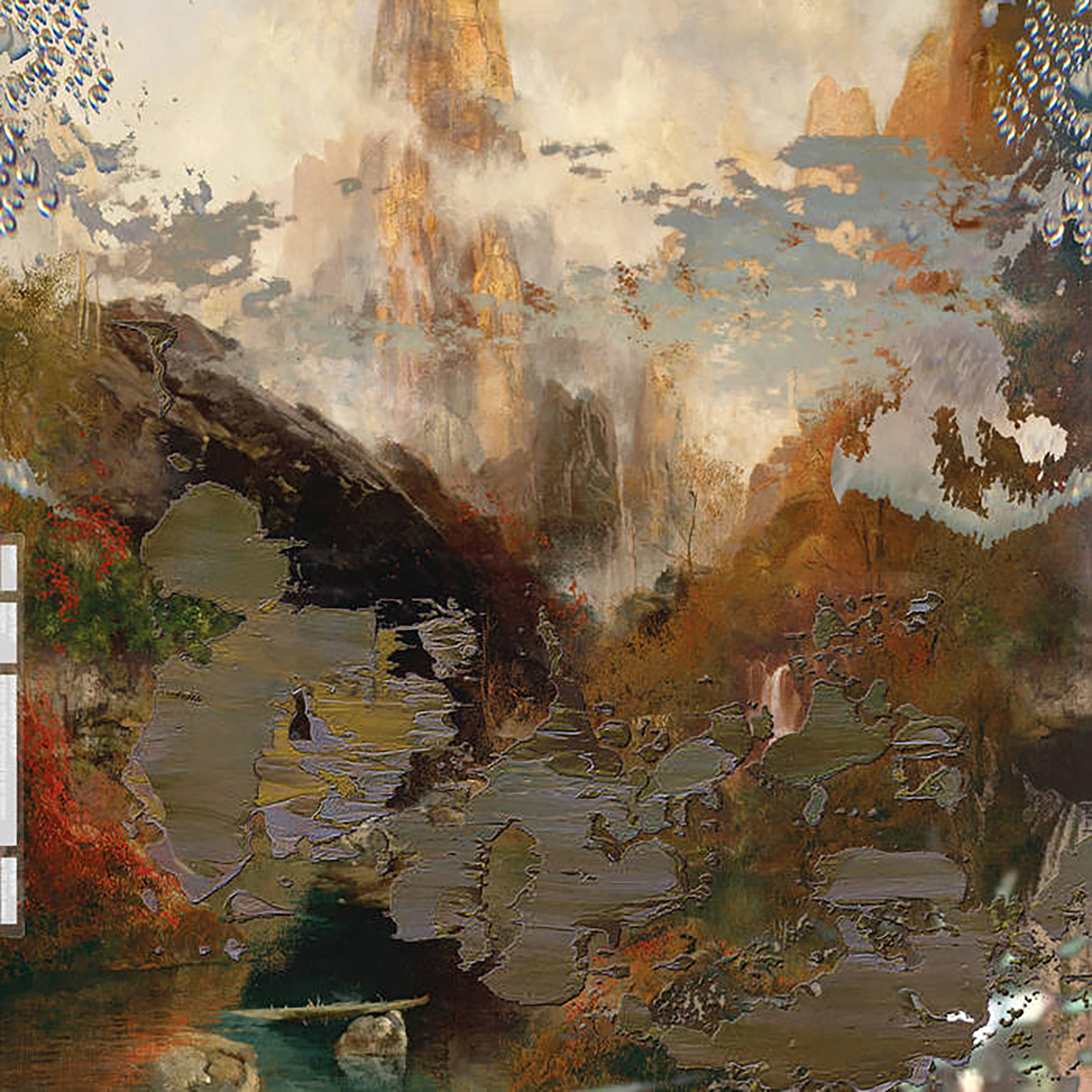 I believe I have been listening to Biosphere for at least 20 years now, but the project's evolution over the last five years or so has been especially fascinating, as Geir Jenssen's creative restlessness has led him to release one surprise after another. To my ears, 2016's Departed Glories remains the high water mark of this adventurous phase, but I am delighted that Jenssen seems to be actively looking for new challenges and that the results are almost invariably enjoyable and distinctive. This latest release continues that trajectory of endlessly breaking new ground, as the bulk of Angel's Flight was composed for a Norwegian dance production entitled Uncoordinated Dog. More significantly, all twelve pieces were crafted from repurposed fragments of Beethoven's "String Quartet No. 14." Unsurprisingly, much of the album would be unrecognizable to Beethoven, as Jenssen does an admirable job of blurring, stretching, blackening, and chopping his source material into a compellingly hallucinatory neo-classical fever dream.
I believe I have been listening to Biosphere for at least 20 years now, but the project's evolution over the last five years or so has been especially fascinating, as Geir Jenssen's creative restlessness has led him to release one surprise after another. To my ears, 2016's Departed Glories remains the high water mark of this adventurous phase, but I am delighted that Jenssen seems to be actively looking for new challenges and that the results are almost invariably enjoyable and distinctive. This latest release continues that trajectory of endlessly breaking new ground, as the bulk of Angel's Flight was composed for a Norwegian dance production entitled Uncoordinated Dog. More significantly, all twelve pieces were crafted from repurposed fragments of Beethoven's "String Quartet No. 14." Unsurprisingly, much of the album would be unrecognizable to Beethoven, as Jenssen does an admirable job of blurring, stretching, blackening, and chopping his source material into a compellingly hallucinatory neo-classical fever dream.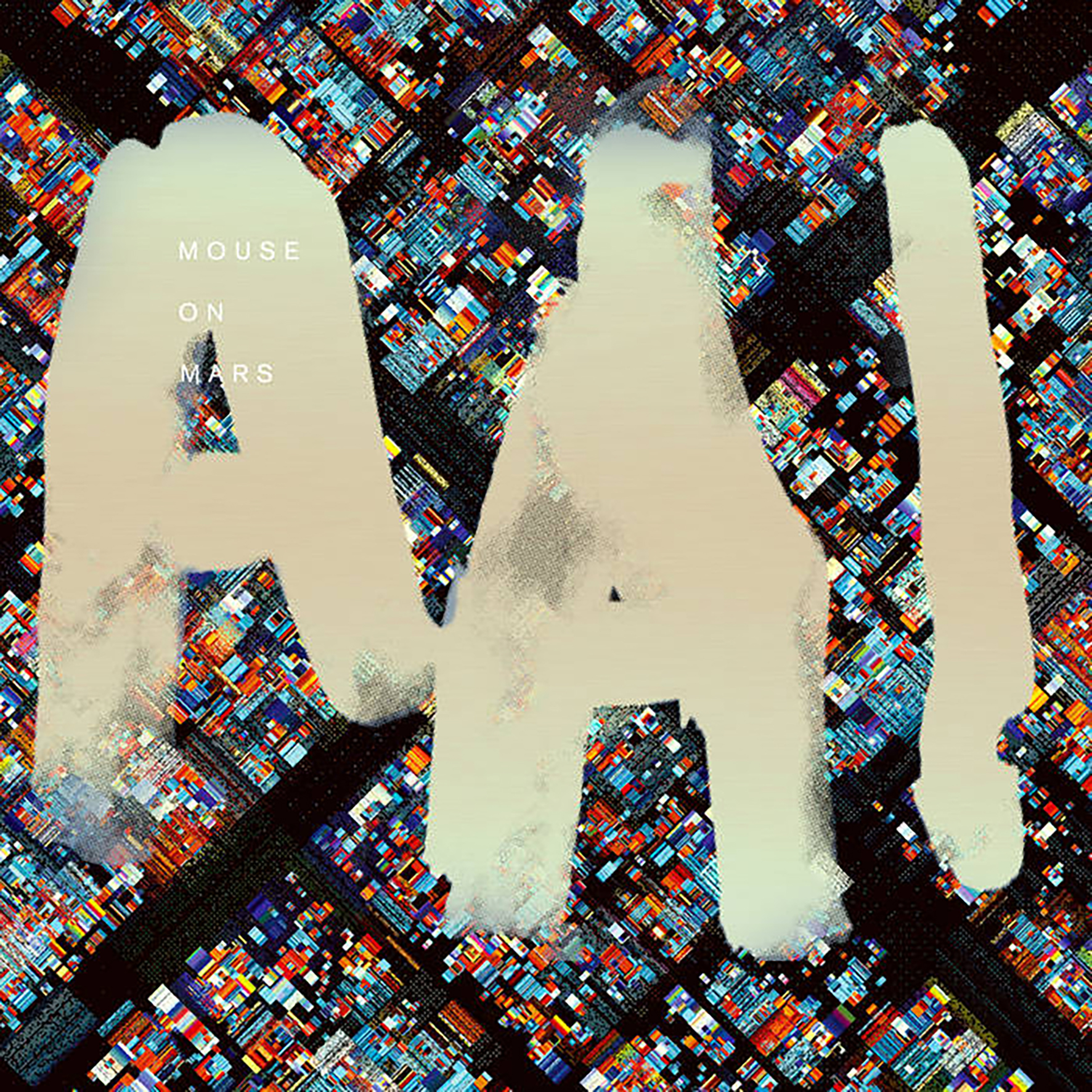

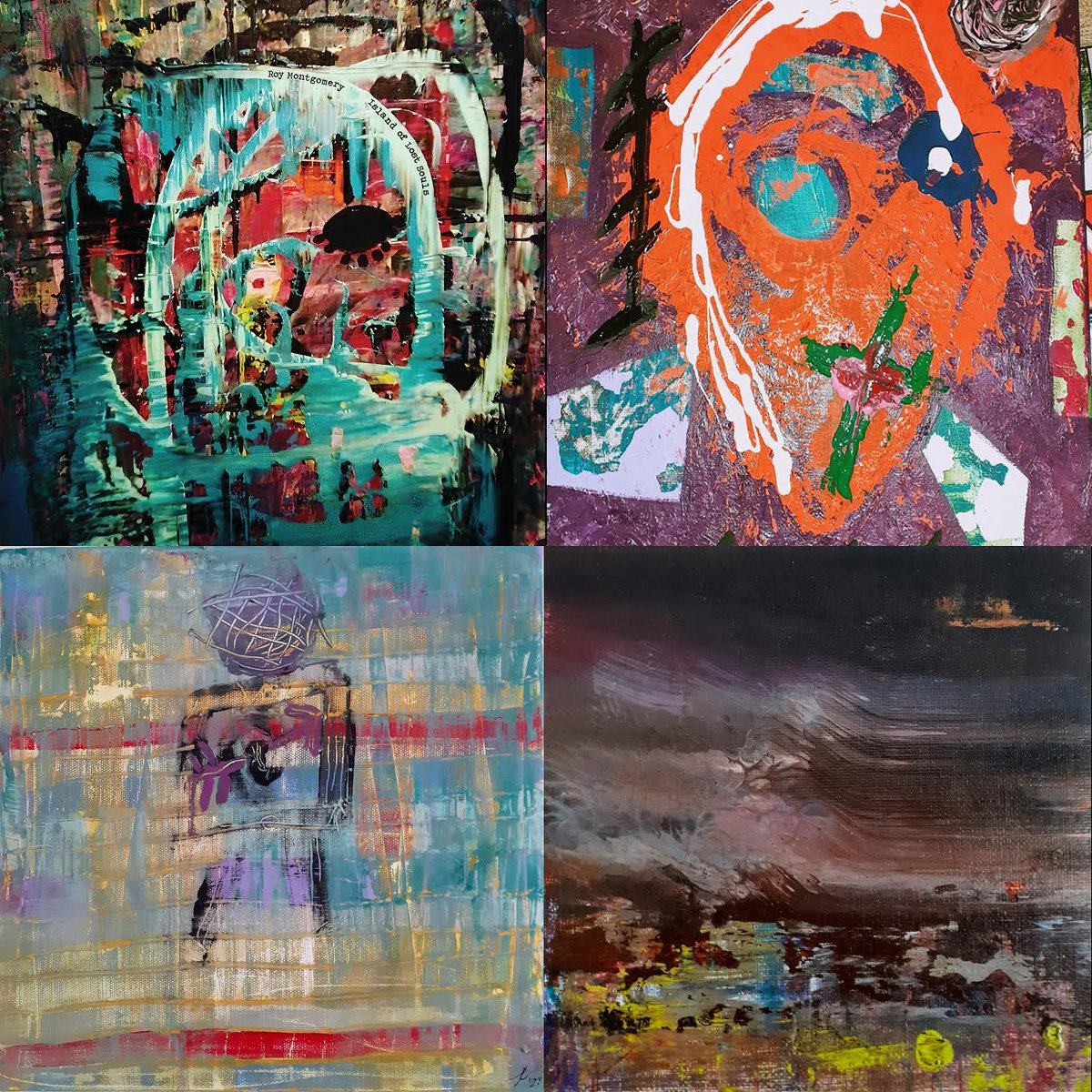
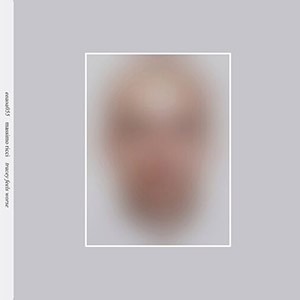 Much like the prolific music criticism on his
Much like the prolific music criticism on his 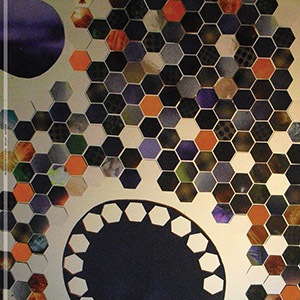 With only a handful of releases so far (as Rrill Bell and as The Preterite), the American born, German based composer Jim Campbell and his arsenal of various tape machines, is already doing amazing work. Layers of processed field recordings, various incidental tapes, and who knows what else come together in these two extremely dynamic and complex compositions that at times seem like completely alien, yet utterly fascinating worlds.
With only a handful of releases so far (as Rrill Bell and as The Preterite), the American born, German based composer Jim Campbell and his arsenal of various tape machines, is already doing amazing work. Layers of processed field recordings, various incidental tapes, and who knows what else come together in these two extremely dynamic and complex compositions that at times seem like completely alien, yet utterly fascinating worlds.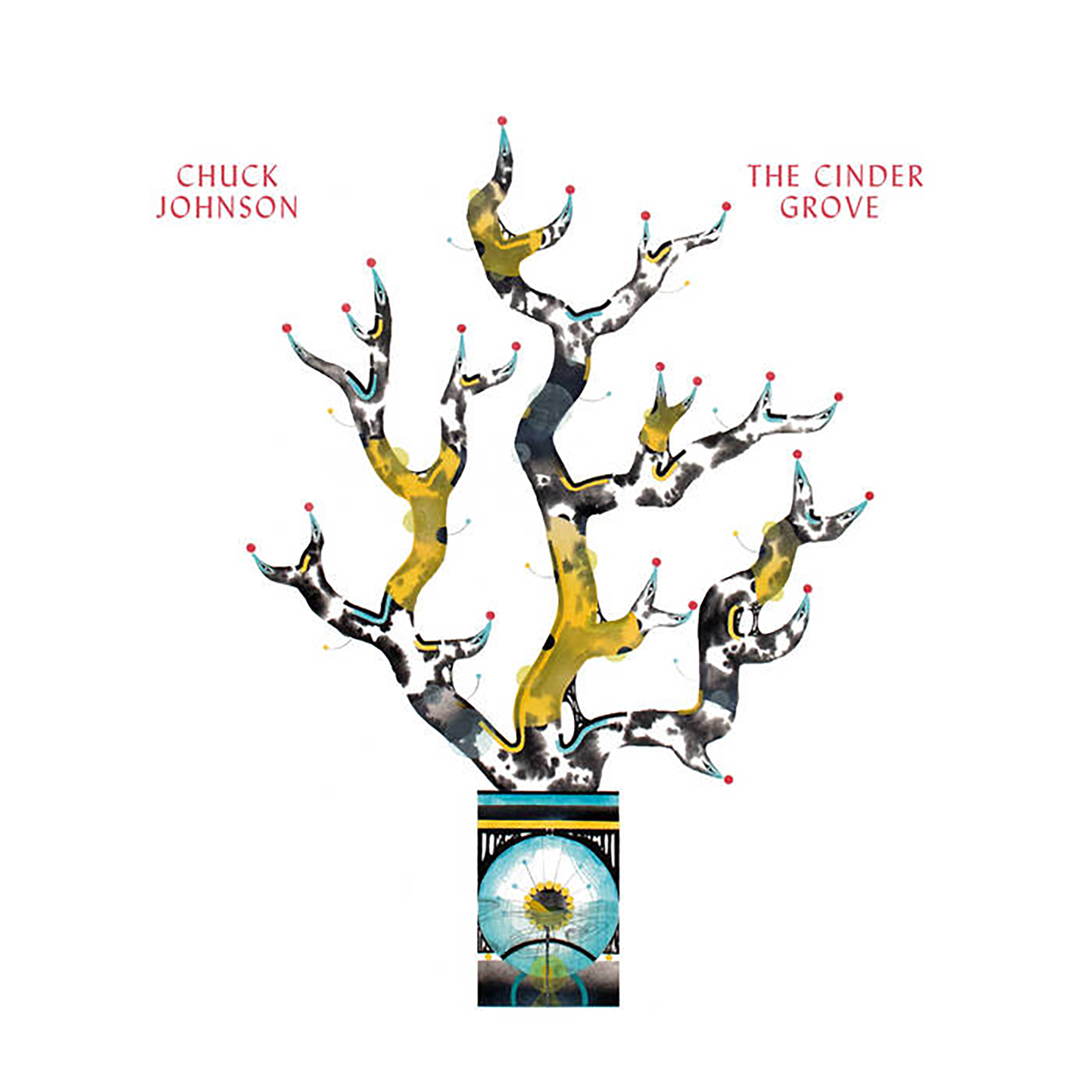
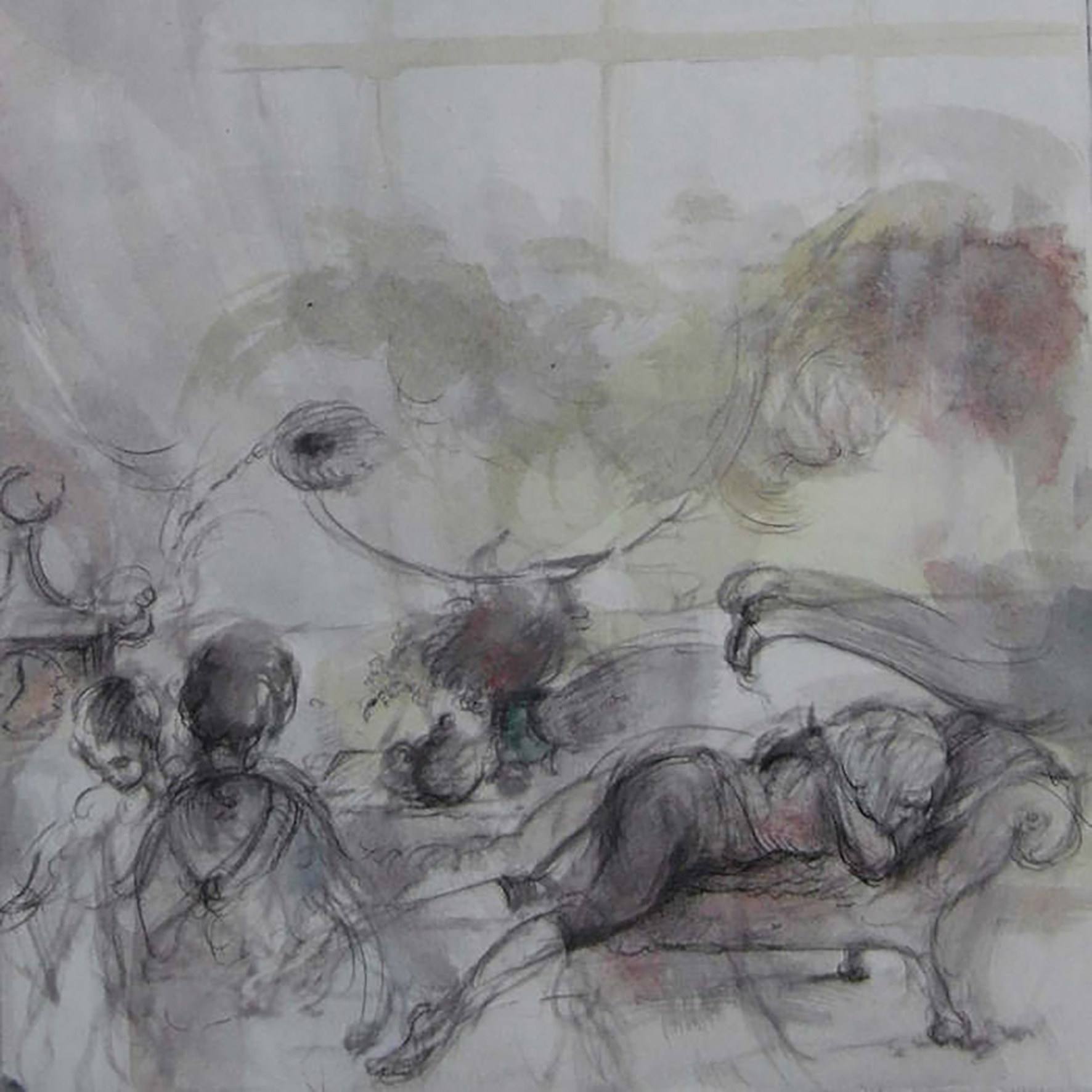
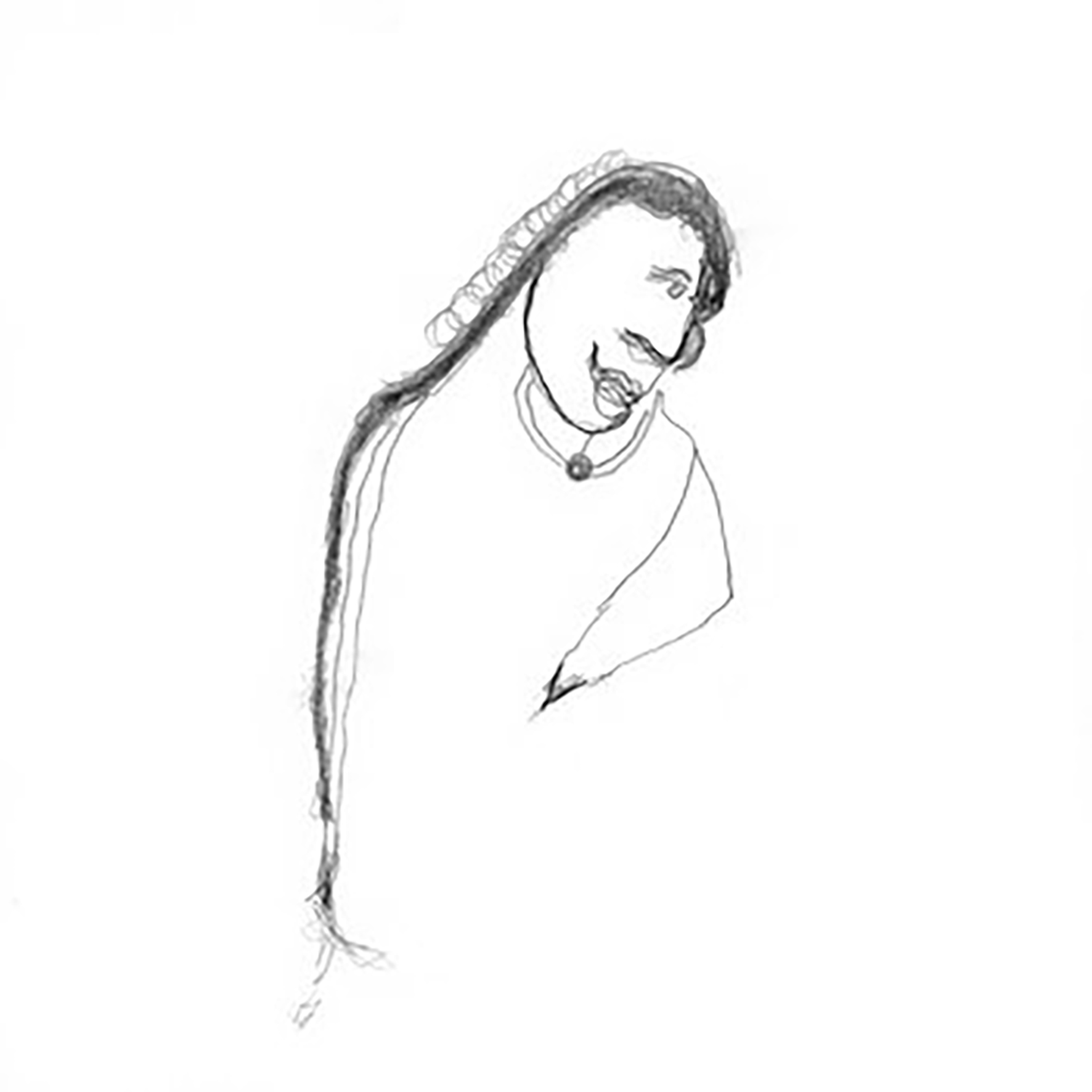
 This latest CD from the duo of Luke Tandy and Shane Church has all the hallmarks of an old school harsh noise record. With an instrument list consisting only of tapes and pedals, and right up front the obvious use of clattering junk and buzzing instrument cables, I thought it was going to be a mid 90s throwback blowout of distortion. Encased in Marble/Wrapped in Roots is, however, more of an understated work. That rough-hewn production and use of overdriven sound is certainly there, but Tandy and Church deliberate in their use of dynamics and space, giving a perfect sense of tension throughout.
This latest CD from the duo of Luke Tandy and Shane Church has all the hallmarks of an old school harsh noise record. With an instrument list consisting only of tapes and pedals, and right up front the obvious use of clattering junk and buzzing instrument cables, I thought it was going to be a mid 90s throwback blowout of distortion. Encased in Marble/Wrapped in Roots is, however, more of an understated work. That rough-hewn production and use of overdriven sound is certainly there, but Tandy and Church deliberate in their use of dynamics and space, giving a perfect sense of tension throughout.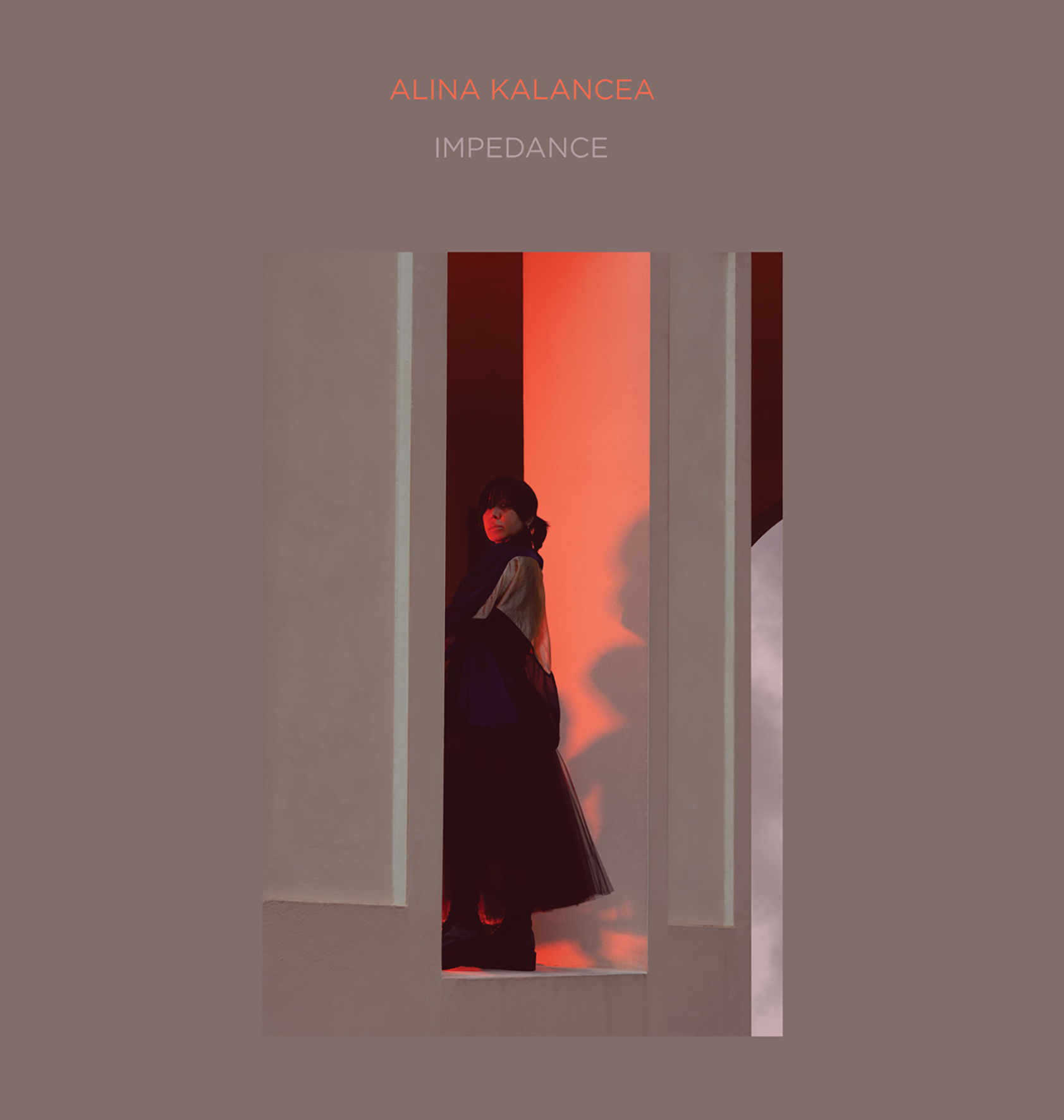
 The name Terry Gross brings to mind the NPR host. This Terry Gross is comprised of music industry veterans guitarist Phil Manley (Trans Am, the Fucking Champs, Life Coach), bassist Donny Newenhouse (Film School, Hot Fog, Buffalo Tooth), and drummer Phil Becker (Pins of Light, ex-Triclops! and Lower Forty-Eight). Where the radio host provides content with an impossibly calm demeanor, the musical trio present three heavy and kinetic tracks that serve up pulsating motorik rhythms, heavy sludge, driving bass, and intense guitars served up at mesmerizing cosmic volumes — all the while, pulling us listeners in with a constant array of melodic hooks.
The name Terry Gross brings to mind the NPR host. This Terry Gross is comprised of music industry veterans guitarist Phil Manley (Trans Am, the Fucking Champs, Life Coach), bassist Donny Newenhouse (Film School, Hot Fog, Buffalo Tooth), and drummer Phil Becker (Pins of Light, ex-Triclops! and Lower Forty-Eight). Where the radio host provides content with an impossibly calm demeanor, the musical trio present three heavy and kinetic tracks that serve up pulsating motorik rhythms, heavy sludge, driving bass, and intense guitars served up at mesmerizing cosmic volumes — all the while, pulling us listeners in with a constant array of melodic hooks.


